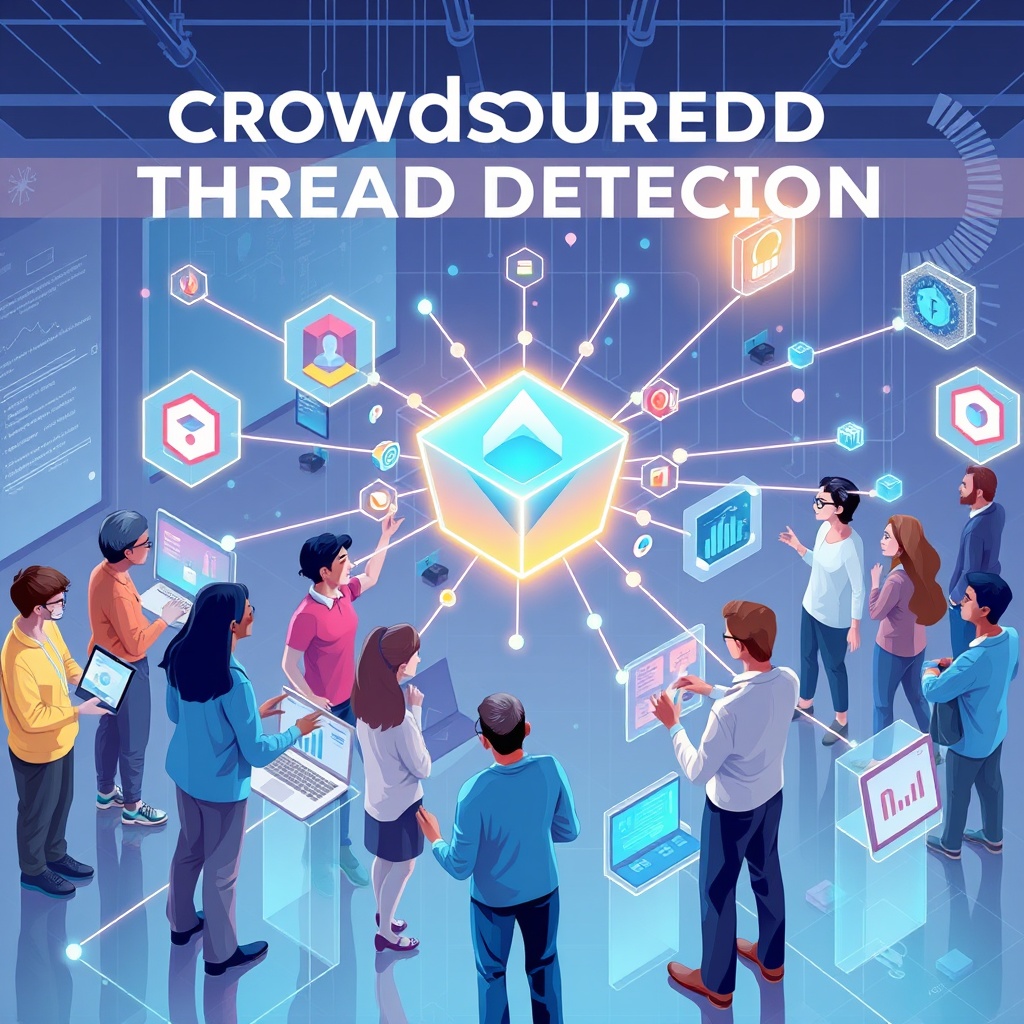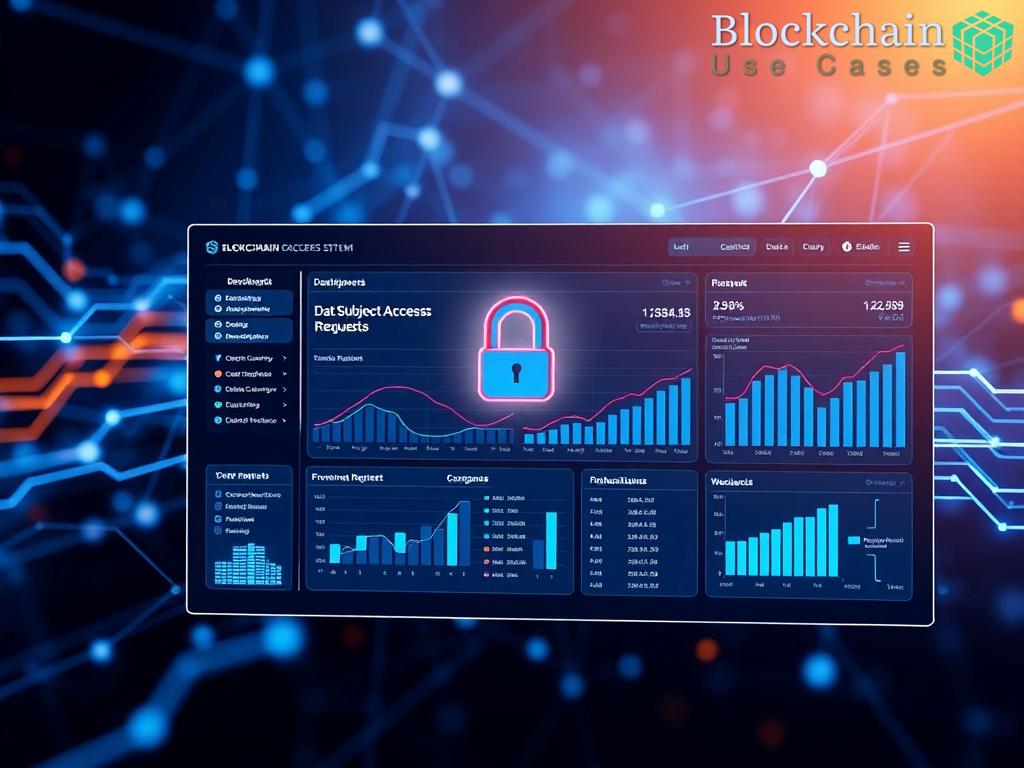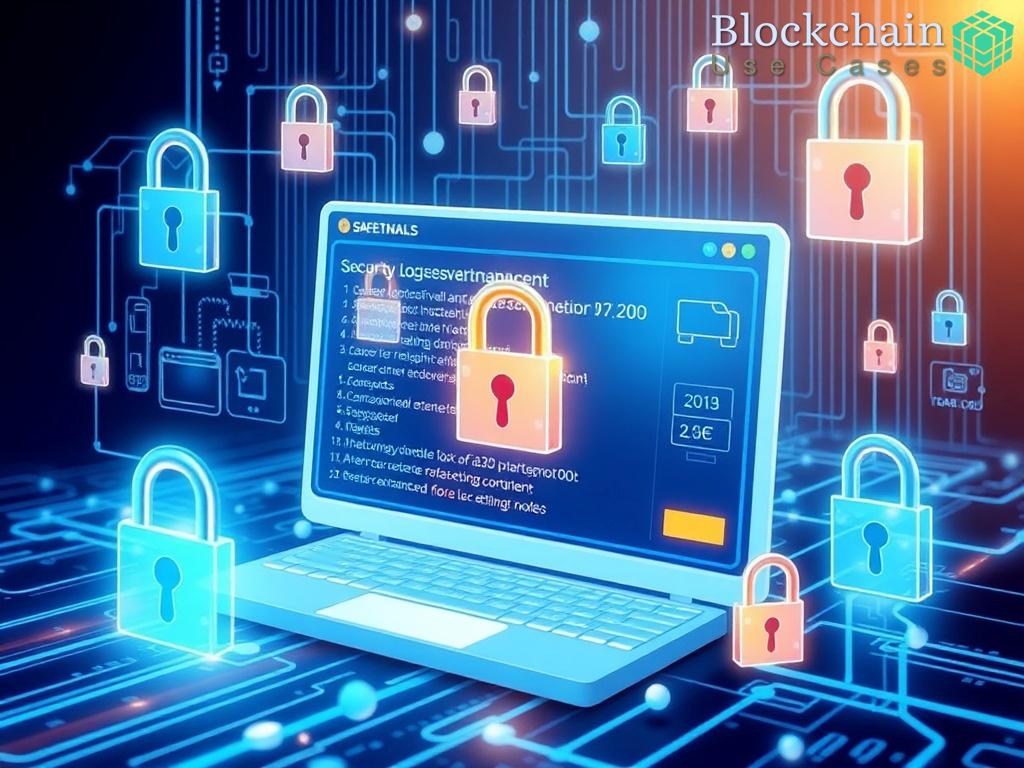Empowering the Crowd: The Future of Cyber Threat Detection

In an era where cyber threats are evolving at an unprecedented pace, the need for innovative detection methods has never been more critical. Traditional cybersecurity measures often fall short, unable to keep up with the sophisticated tactics employed by malicious actors. Enter decentralized platforms for crowdsourced threat detection and analysis. These platforms leverage the collective intelligence of users across the globe to identify, report, and analyze potential threats in real-time. This revolutionary approach not only enhances the speed of threat detection but also democratizes the power of cybersecurity.
How It Works: The Mechanics of Crowdsourced Detection

At the heart of decentralized threat detection is the ability to harness data from a diverse array of sources. By allowing users to contribute their findings, platforms can aggregate information that would otherwise remain siloed within individual organizations. This collaborative effort transforms each user into a vital node in a larger network of security.
To illustrate how these platforms function, consider the following aspects:
- Data Collection: Users report suspicious activities or anomalies which are then validated through a consensus mechanism.
- Analysis and Verification: Machine learning algorithms analyze reported data to identify patterns and potential threats, while community feedback helps to refine these analyses.
- Response and Mitigation: Once a threat is confirmed, users can collaborate on mitigation strategies, sharing insights and resources to combat the threat effectively.
Benefits Beyond Detection: A Paradigm Shift in Cybersecurity
Decentralized platforms not only improve the speed and accuracy of threat detection but also foster a sense of community among users. This collaborative approach encourages knowledge sharing and enhances overall cybersecurity literacy. Furthermore, decentralized systems are inherently more resilient to attacks, as they do not rely on a single point of failure.
In summary, the transition to decentralized platforms for crowdsourced threat detection represents a significant leap forward in the fight against cybercrime. By pooling resources and expertise, these platforms empower individuals and organizations alike, creating a fortified network that can withstand the challenges posed by today’s digital landscape.





